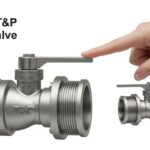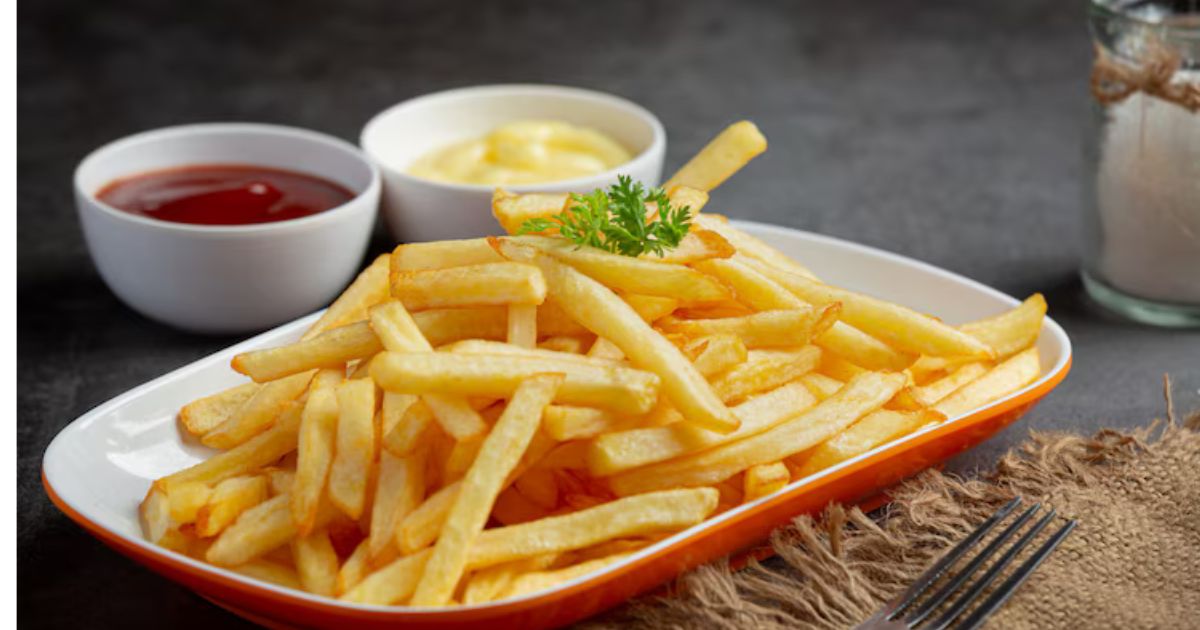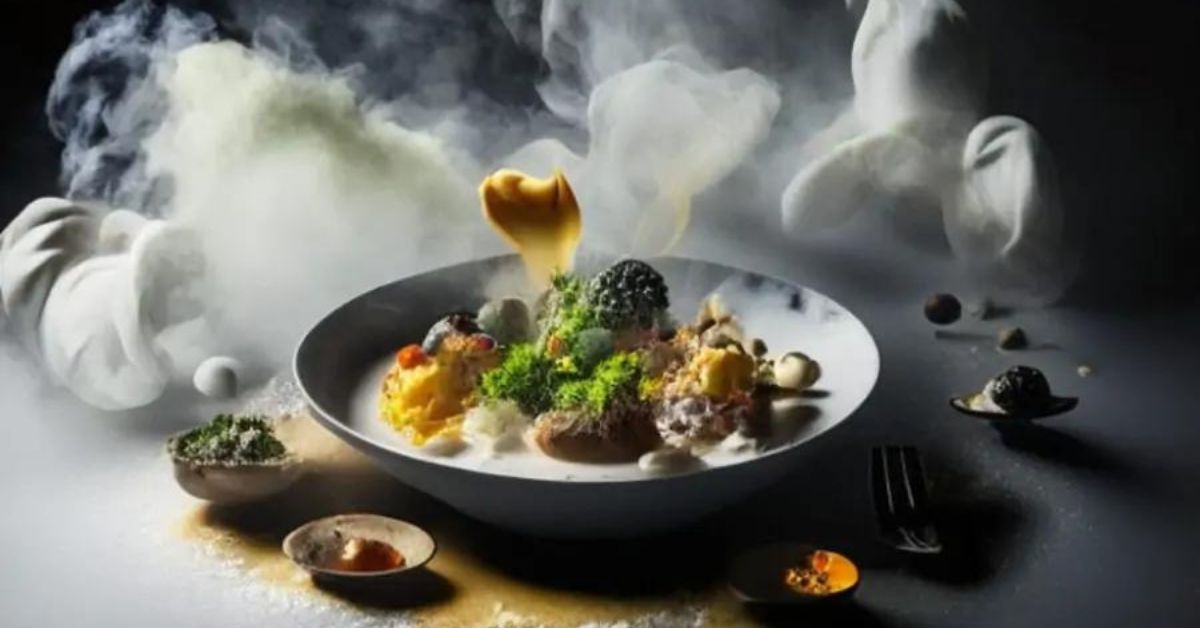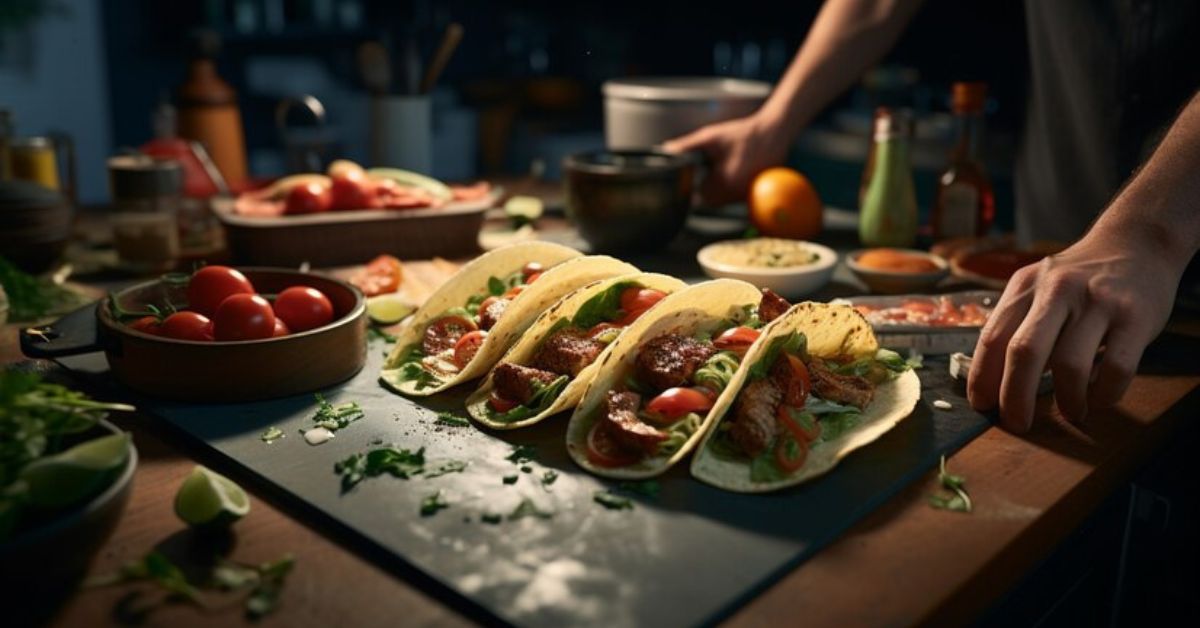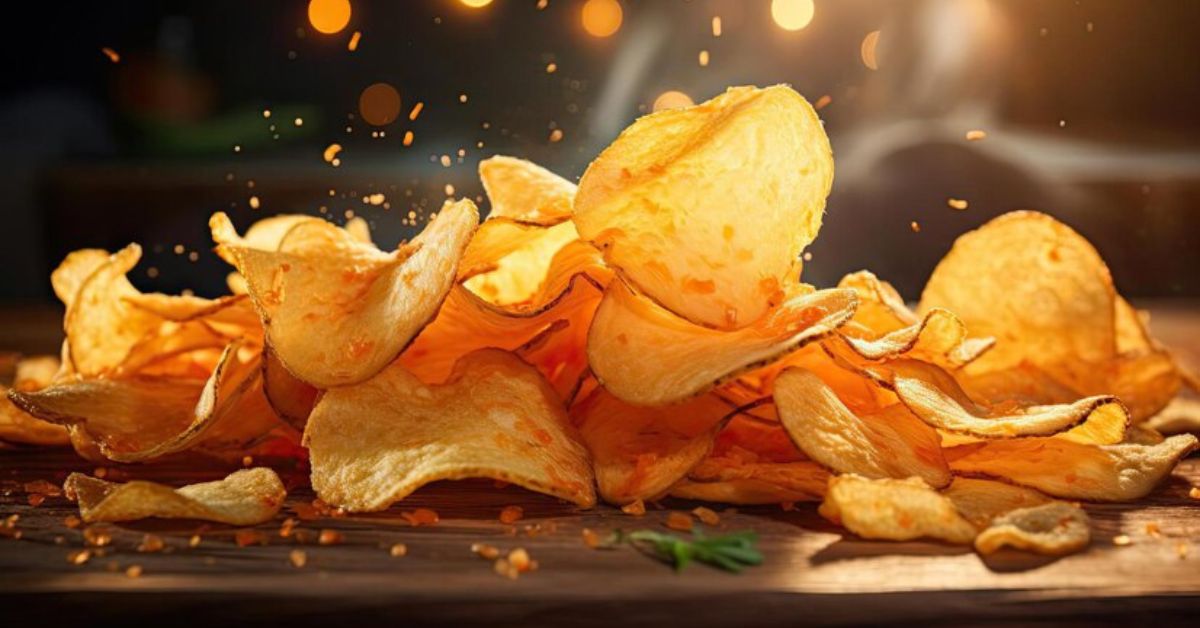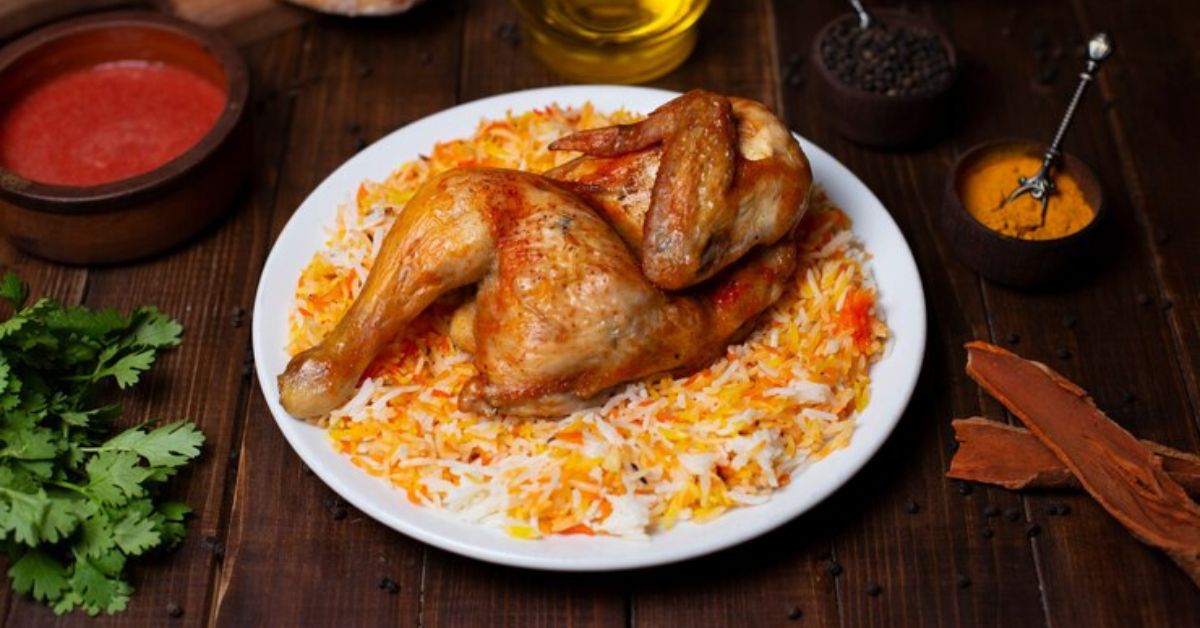Papas Fritas, also known as French fries or fried potatoes, are a universally loved dish. Their crispy exterior and fluffy interior make them an irresistible snack, side dish, or even a meal on their own. Whether you’re indulging in a fast food treat or making them from scratch at home, papas fritas never fail to satisfy.
This article will take you through everything you need to know about papas fritas—from their history and variations to how to make the perfect batch at home. So, grab a potato, and let’s dive into the world of crispy, golden papas fritas!
History of Papas Fritas
The origins of papas fritas are widely debated. While Belgium and France both claim to be the birthplace of French fries, the concept of frying potatoes can be traced back to South American indigenous cultures. Potatoes themselves were first domesticated in the Andes mountains of Peru and Bolivia. It wasn’t until Europeans brought them back to the Old World that they started frying them in oil, eventually evolving into the fries we know today.
Types of Potatoes for Papas Fritas
Choosing the right potato is crucial for making the perfect papas fritas. Not all potatoes are created equal. Here are the two most common types:
Russet Potatoes: Best known for their starchy quality, russet potatoes create a light and fluffy inside when fried, while still delivering a crispy outer layer. These are the most commonly used for papas fritas.
Yukon Gold Potatoes: These have a creamier texture and a slightly more buttery flavor. While not as crispy as russets, they provide a rich flavor that many prefer.
Each type of potato gives a different texture, so your choice will depend on your personal preference.
The Secret to Crispy Papas Fritas
The key to achieving the perfect balance between crispy and fluffy lies in the preparation. Follow these steps for success:
Soak the Potatoes: After slicing your potatoes, soak them in cold water for at least 30 minutes. This step helps remove excess starch, which can cause your fries to become soggy during cooking.
Dry Thoroughly: Once soaked, it’s essential to pat the potatoes dry with a towel to remove any moisture. Wet potatoes will lead to oil splattering and soggy fries.
Double Fry for Extra Crunch: The secret behind restaurant-quality fries is frying them twice. The first fry cooks the inside, and the second fry crisps up the exterior. Fry at a lower temperature first (around 300°F), then fry again at a higher temperature (375°F) to get that perfect golden brown.
Different Methods to Fry Papas Fritas
There are various ways to cook papas fritas, each offering a slightly different taste and texture.
Deep Frying: The most common method, deep frying ensures a crispy texture. You’ll need enough oil to fully submerge the fries, and it’s essential to maintain a steady temperature.
Air Frying: For a healthier option, air frying uses very little oil but still delivers crispy results. The fries may not be as uniformly golden as deep-fried ones, but they’re a great alternative for those looking to cut back on oil.
Oven Baking: If you don’t have a deep fryer or air fryer, baking papas fritas in the oven is another option. Toss the potato slices in a little oil, spread them evenly on a baking sheet, and bake at high heat, flipping halfway through.
Each method has its own benefits, but deep frying remains the traditional choice for perfect fries.
Seasoning Your Papas Fritas
Plain salt is the classic seasoning for papas fritas, but why not get creative? Here are some flavorful variations to try:
Garlic and Herb: Toss your fries in minced garlic, parsley, and a pinch of sea salt.
Spicy Paprika: For a smoky kick, add smoked paprika and a dash of cayenne pepper.
Cheesy Papas Fritas: Grate parmesan over freshly fried papas fritas, and sprinkle with black pepper for an indulgent treat.
Truffle Oil: A drizzle of truffle oil over crispy fries adds a luxurious flair that elevates any dish.
Common Mistakes to Avoid
Making papas fritas may seem simple, but there are common pitfalls to avoid:
Overcrowding the Fryer: When too many fries are added at once, the oil’s temperature drops, resulting in soggy fries. Cook in small batches for the best results.
Skipping the Soak: Removing the starch is crucial for achieving crispy fries. Don’t skip the soaking process!
Using the Wrong Oil: Not all oils are suitable for deep frying. Use oils with a high smoke point, like vegetable or peanut oil, to ensure even cooking without burning.
Healthier Alternatives to Traditional Fries
While papas fritas are delicious, they can be high in fat and calories due to the deep-frying process. If you’re looking for healthier alternatives, try these options:
Sweet Potato Fries: Swap regular potatoes for sweet potatoes for a nutrient-packed option that’s high in vitamins A and C.
Baked Zucchini Fries: For a low-carb alternative, slice zucchini into fry shapes, coat them in breadcrumbs, and bake until crispy.
Polenta Fries: Polenta, made from cornmeal, can be sliced and baked into a fry-like shape. They’re gluten-free and a fun twist on the classic.
These alternatives offer similar textures and flavors with fewer calories.
Serving Suggestions for Papas Fritas
Papas fritas are incredibly versatile and pair well with a variety of dishes. Here are a few serving ideas:
With Burgers: A classic combo, fries and burgers are a match made in heaven.
As a Side Dish: Serve alongside grilled chicken, fish, or steak for a hearty meal.
Loaded Fries: Top your papas fritas with cheese, bacon, sour cream, and chives for a loaded treat.
Dipping Sauces: Elevate your fries with dips like aioli, ketchup, barbecue sauce, or even cheese sauce.
The possibilities are endless!
Conclusion
Whether you’re a fan of the classic golden fry or enjoy experimenting with flavors and techniques, making papas fritas at home is a rewarding experience. By following the tips outlined above, you’ll be well on your way to creating the perfect batch every time. Remember, the key lies in preparation, technique, and creativity. So, get frying and enjoy every crispy bite.
FAQs
Why are my papas fritas soggy
Overcrowding the fryer or not drying the potatoes properly can result in soggy fries.
What’s the best oil for frying pap’as fritas
Vegetable oil or peanut oil with a high smoke point is ideal for deep frying.
Can I make papas fritas without a deep fryer
Yes, you can bake them in the oven or use an air fryer for a healthier option.
Why do I need to double fry my pap’as fritas
Double frying ensures a fluffy inside and crispy exterior, which is key to perfect fries.
How can I store leftover pap’as fritas
Store them in an airtight container in the fridge and reheat in an oven or air fryer to maintain crispiness.







